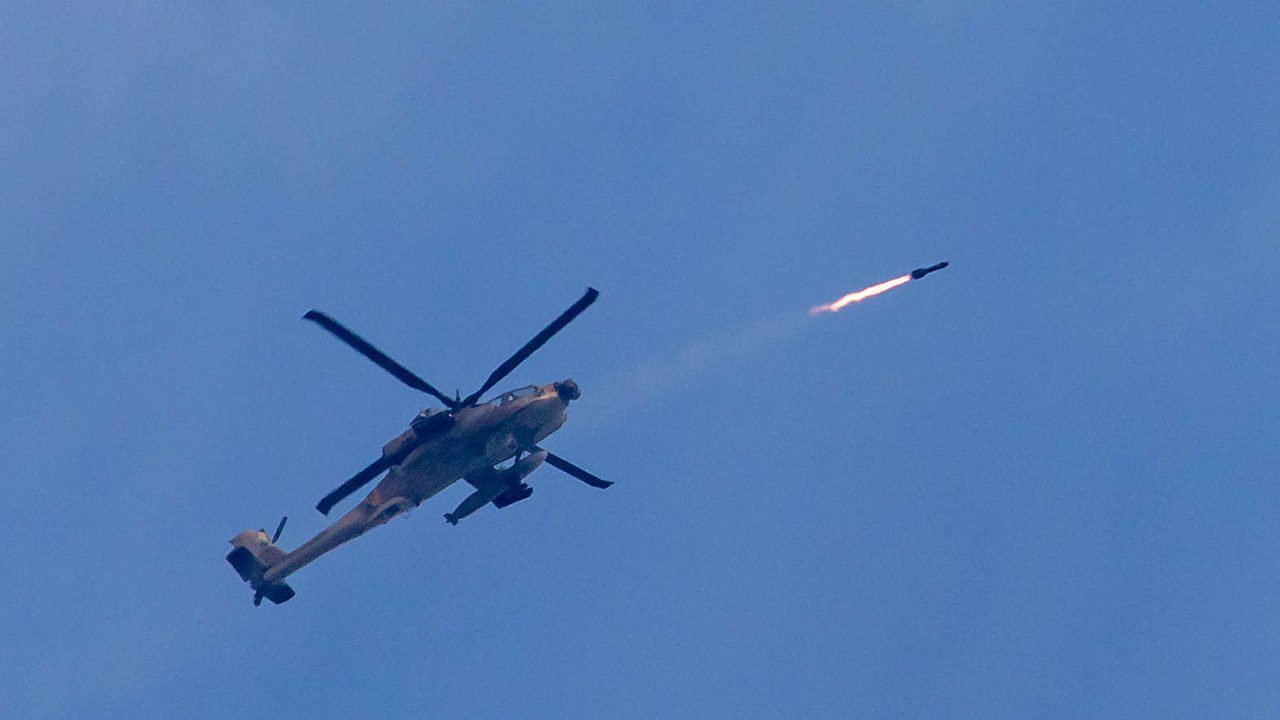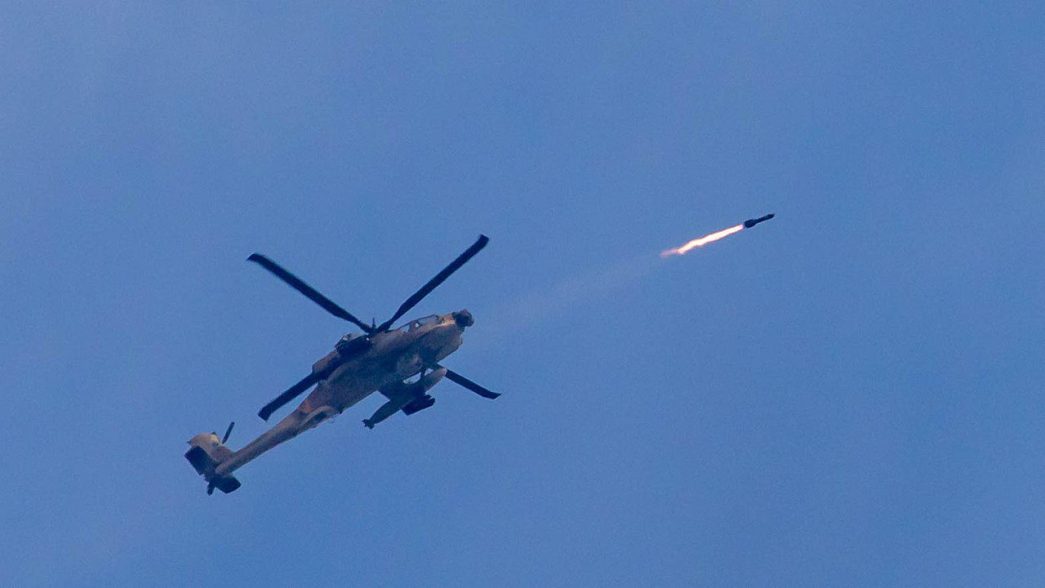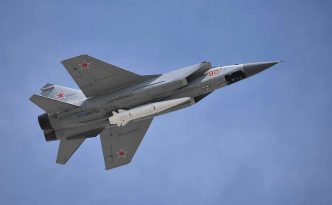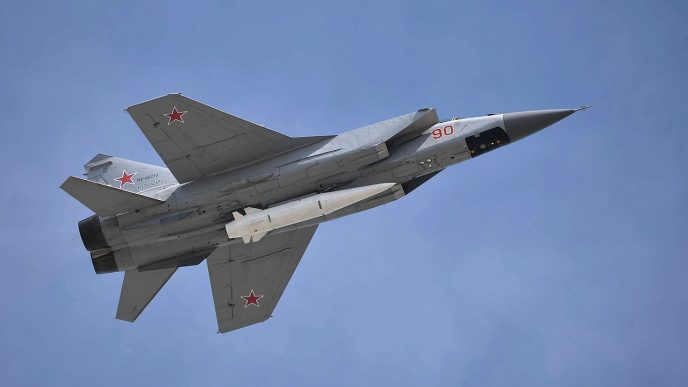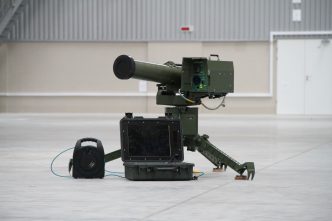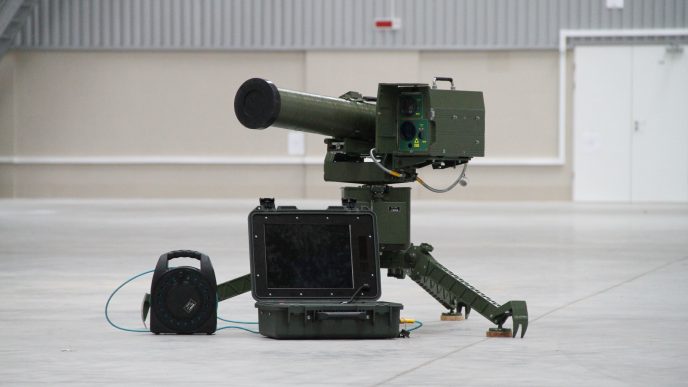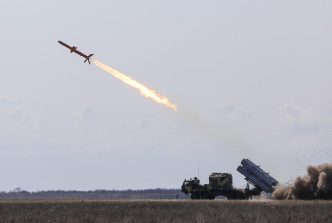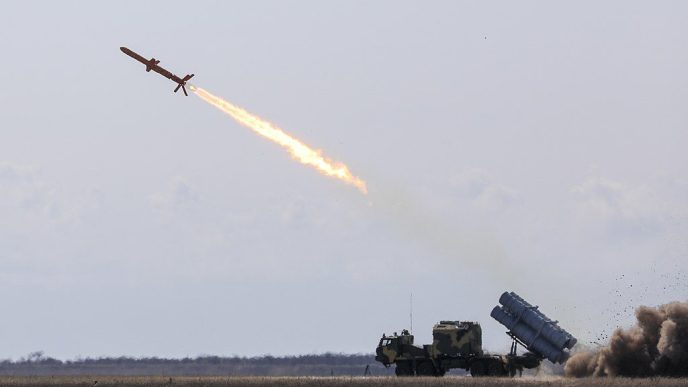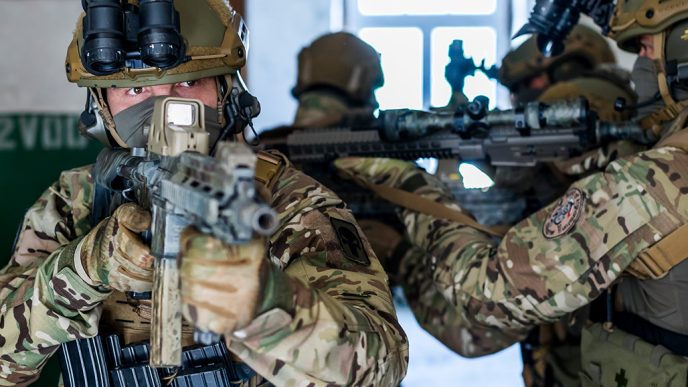The new Hellfire R9X missile is a state-of-art, technologically improved Hellfire missile designed solely to take out individuals without causing collateral damage. It has been used so far in at least three publicly known missions; as it was publicly announced, the US military used this type of missile to kill al-Qaeda deputy leader Abu Al-Khayr al-Masri in Idlib, Syria, and the recent mission to take out Ayman al-Zawahiri in Kabul, Afghanistan.
Design
The AGM-114 Hellfire (AGM stands for air-to-ground missile) is an air-to-surface missile (ASM) first developed for anti-armor use. Still, later models were developed for precision drone strikes against other target types and have been used in many actions aimed to “destroy high-value targets.” It was originally developed under the Heliborne laser name, a fire-and-forget missile, which led to the colloquial name “Hellfire,” ultimately becoming the missile’s formal name.
Reports indicate that this missile variant was developed during the Obama administration and focused on killing the target with minimum loss to the civilian population.
Hellfire R9X missile is designed for pinpoint airstrikes that kill terrorist leaders with no explosion, drastically reducing damage and minimizing the chances of civilian casualties. It is the strangest missile in the Hellfire family, and as a difference from other missiles, this one doesn’t explode and uses its weight, momentum, and blade-like appendages to kill.

To simplify it, the AGM-114 Hellfire R9X consists of six razors with blades of approx. 12 in. length, which extends at a critical point from the non-explosive Hellfire body just a few seconds before the impact to slice the targeted individual. Think of it as a roughly 400 mph six-blade edge weapon coming at you. Anyone else within the roughly 2 1/2 ft. span of the missile target would be out of luck. This ensures that anything in its tracks is shredded. It leaves no mark, no burns, no scorches, and all that is left are the points of entry. There should be no humanitarian or political issues with this weapon.
Most variants of AGM-114 Hellfire are laser-guided, with one variant, the AGM-114L “Longbow Hellfire,” being radar-guided. Laser guidance can be provided either from the launcher, such as the nose-mounted optoelectronics of the AH-64 Apache attack helicopter or other airborne target designators or from ground-based observers, the latter two options allowing the launcher to break line of sight with the target and seek cover.
The lethal payload has earned the Hellfire R9X nicknames like “the flying Ginsu” or “the Ninja bomb” within the defense community.
Drone launched
The MQ9 Predator drones are mostly used to launch the Hellfire R9X variant. These drones have the capability to detect targets using inbuilt radars and sensors and have more than 27 hours of endurance. They can carry payloads of almost 1700 kgs and have the capacity of flying up to 50,000 feet with 6,000 nautical miles.
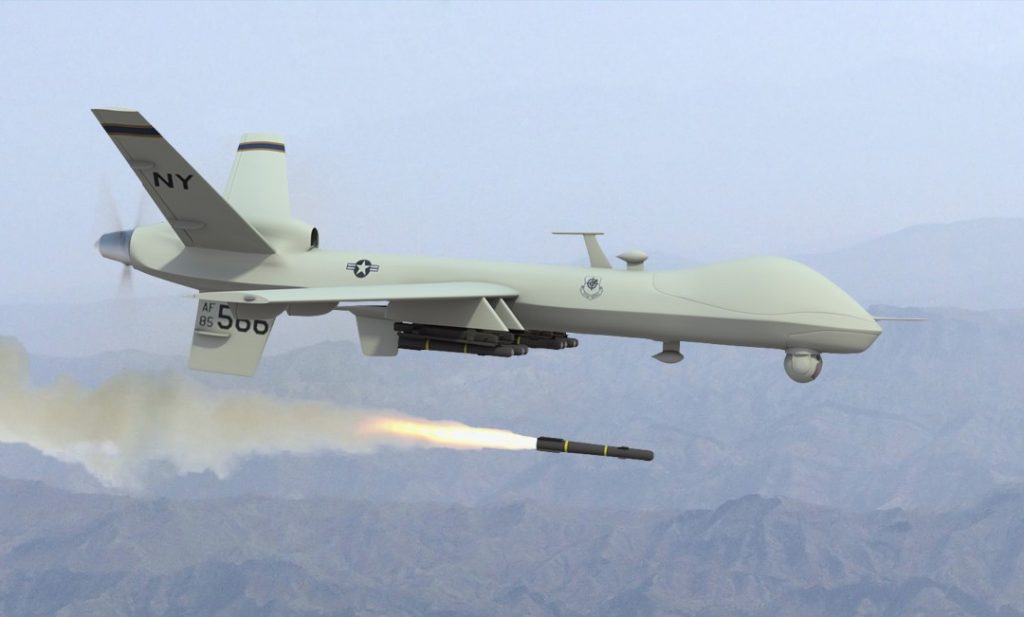
Technical specifications
| Country of origin: | USA |
| Manufacturer: | Lockheed Martin, Boeing (previous second source), and Northrop Grumman (seeker only for AGM-114L Longbow Hellfire) |
| Production: | 1974-present |
| Unit cost: | US$150,000 (FY 2021); US$117,000 (FY2017) |
| Mass: | 100–108 lb (45–49 kg) |
| Length: | 64 in (1.6 m) |
| Diameter: | 7 in (180 mm) |
| Engine: | Thiokol TX-657 Solid-fuel rocket |
| Operational range: | 550 to 12,030 yd (0.5 to 11 km) |
| Maximum speed: | Mach 1.3 (995 mph, 1,601 km/h) |
| Guidance system: | Semi-active laser homing, millimeter-wave radar seeker |
| Launch platform: | Rotary and fixed-wing aircraft, unmanned combat air vehicles, tripods, ships, and ground vehicles |
